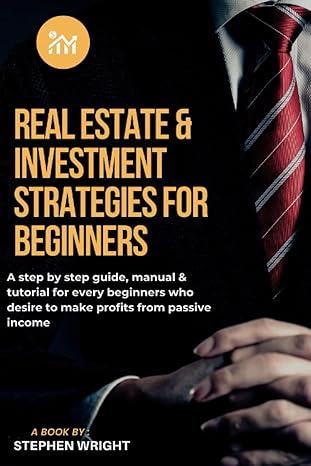Answered step by step
Verified Expert Solution
Question
1 Approved Answer
Assuming you are choosing between an A - share open ended fund, a no - load open - ended fund, and an ETF that invests
Assuming you are choosing between an Ashare open ended fund, a noload openended fund, and an ETF that invests solely in domestic equity and has the same investment objective choose Large Cap Value Growth...with at least a year track record explain the differences with regard to the following: pts
Associated costs sales commissions and expense ratios
What are differences in selling commissions and embedded expense ratios?
Which will incur unseen transaction costs...and how can we use the turnover ratio to gauge such? What are tax implications of higherlower turnover.
Active or passive management, and income orientation, of the securities held in the fund
Which can be more efficiently monitored and managed for taxable capital gains?
Relative to a typical Large Cap Growth fund, the dividend payout of the securities in the fund, and thus the funds dividend yield?
How the fund is priced end of day, active trading...
Which is priced at NAV and which trades on an open exchange? How does this effect the timing and pricing of buyingselling an ETF vs openended MF
How might you benchmark S&P Russell Russell Value, etc.. the performance of your Large Cap Value choices? Why is your chosen benchmark appropriate, considering your funds average market capitalization, sector concentrations, and growthvalue orientation? Do you see a noticeable difference in YTD and year annualized performance net of fees Given their different load and internal cost structures, why might there be any difference?
Step by Step Solution
There are 3 Steps involved in it
Step: 1

Get Instant Access to Expert-Tailored Solutions
See step-by-step solutions with expert insights and AI powered tools for academic success
Step: 2

Step: 3

Ace Your Homework with AI
Get the answers you need in no time with our AI-driven, step-by-step assistance
Get Started


